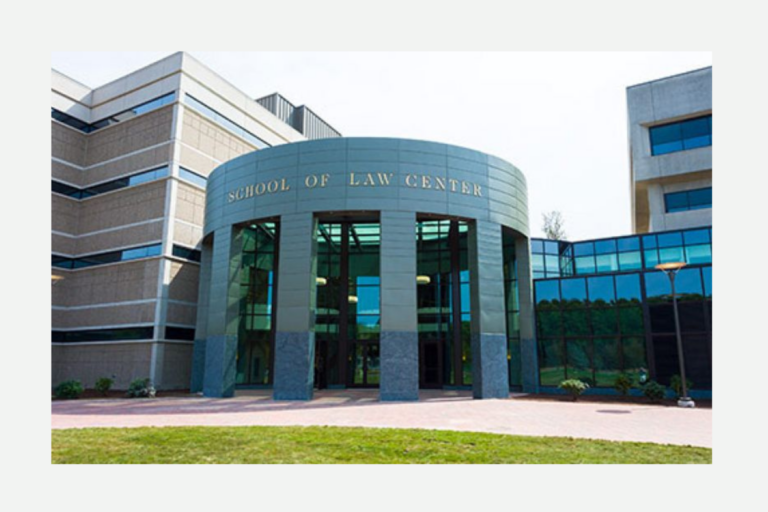A new study shows that most law schools are falling short when it comes to full disclosure of employment data. In fact, 28 percent of law schools do not report 2010 employment information on their websites in any form, and an additional 28 percent report data in a way that is misleading.
The study by Law School Transparency, a consumer-oriented non-profit that is run by recent law school graduates, analyzes employment data on all ABA-accredited law school websites.
“Law schools have been slow to react to calls for disclosure, with some schools conjuring ways to repackage employment data to maintain their images,” the study states.
The organization visited 197 law school websites and determined whether it had data on 18 different categories — from salary info to full-time legal employment rate.
Michigan State University currently reports the most data — 15 of the 18 possible categories. It is followed by University of Houston and Thomas Jefferson School of Law, which was sued this past summer for misleading employment data, which both report on 13 categories. The median school only reports data in three of the 18 categories.
“I would like to see schools publishing more employment data on their website so that their incoming students are informed, rather than hoping their perception is right,” said Kyle McEntee, the executive director of the organization and a graduate of Vanderbilt University. “We see the lack of employment transparency as ‘consumer disoriented behavior.’”
McEntee said that recent problems with employment data, LSAT data and other issues have combined to form a pattern that he calls “consumer disoriented behavior.” He said there has been some positive news about law schools releasing more data. But overall, most schools have been slow to change even though they have the data and could easily report it.
He said his organization has broadened its focus as it has come to better understand that the problems facing legal education are deeper. Law School Transparency hopes to address several issues beyond employment data, including the cost of legal education.
“These findings raise a red flag as to whether schools are capable of making needed changes to the current, unsustainable law school model without being compelled to through government oversight or external forces,” the study states.
McEntee said he is hopeful that the U.S. Congress will hold hearings on law school transparency. He has been lobbying for such hearings with the Senate Commerce Committee, which has a subcommittee on consumer protection. He said Law School Transparency is currently looking for funding and accepts donations on its website.
The study concluded the following:
• Only 26 percent of law schools indicate how many graduates worked in legal jobs.
• 60 percent of schools do not offer sufficient data to deduce the employment status of every graduate.
• 56 percent of schools do not provide any information about the kind of employers their graduates worked for.
• 51 percent fail to report how many graduates responded to their survey.
• 49 percent of schools provide salary information, but 78 percent of those schools provide the information in ways that mislead the reader.
Visit the school by school list here.







